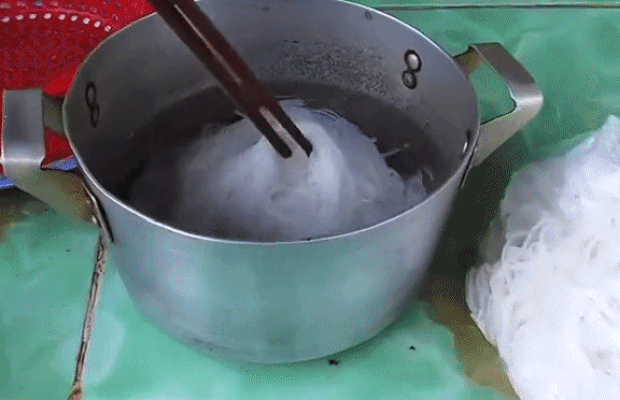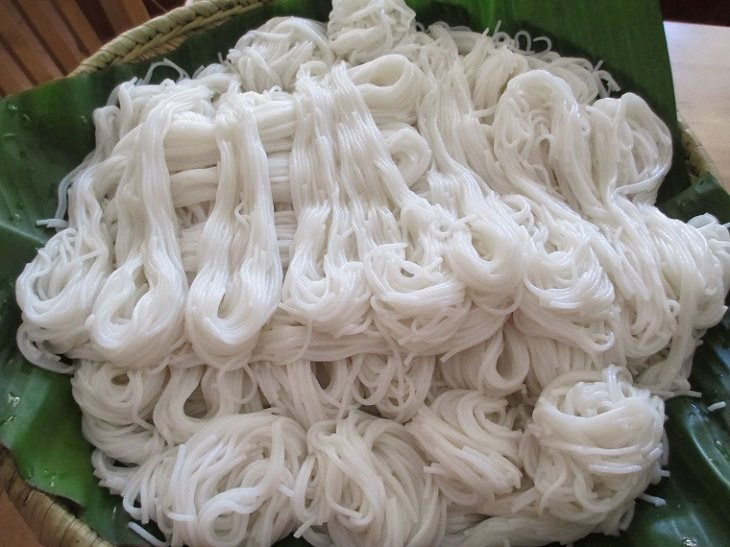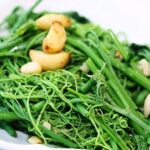How to Store Fresh Rice Noodles
Fresh rice noodles can turn sour if left at room temperature for even a short period. To prevent waste and extend their shelf life, try the following method.
First, boil a pot of water.
Once the water reaches a rolling boil, turn off the heat and add a spoonful of salt, stirring to dissolve.
Blanch the noodles in the hot water for about 30-40 seconds.

Remove the noodles and drain them in a colander. While they’re drying, cover the colander to keep insects away.
Once the noodles have cooled and are no longer watery, transfer them to an airtight container and store them in the fridge.
Using this method, you can enjoy your noodles the next day without any sourness, and they’ll taste as good as new. Simply blanch them in boiling water before serving.
Fresh rice noodles are best used immediately after purchase. At room temperature, they can be left out for 1-3 hours. In hot weather, it’s advisable to store them in the fridge to prevent spoilage. When ready to eat, blanch them in boiling water.
How to Differentiate Between Clean and Chemically Treated Noodles
Some rice noodles are treated with bleaching agents or preservatives to enhance their appearance and prolong their shelf life. To distinguish between clean and chemically treated noodles, take note of the following:
Clean noodle strands tend to be slightly brittle, with a dull white or darker color. They are prone to breaking and feel slightly sticky and soft to the touch.

Clean noodles have a mild sour smell, characteristic of soaked rice, which is not overpowering. When eaten, they should exude a pleasant rice flour aroma.
Clean noodles have a short shelf life and will quickly turn sour if not refrigerated.
Noodles treated with preservatives and harmful chemicals often appear translucent white, with shiny, resilient strands that are difficult to break. When touched, they lack the sticky, soft feel of rice flour. When held up to sunlight, these noodles reflect a bright white color. They can withstand high temperatures without turning sour.
According to Khoevadep
The Secret to Stir-Frying Water Spinach: Keeping it Green and Crisp, Even When Served Cold
“Master the art of stir-frying water spinach to perfection with these expert tips. Discover the secrets to creating a dish that rivals those crafted by restaurant and pub chefs. Learn how to transform this humble vegetable into a mouthwatering delight, with crisp, vibrant greens that are bursting with flavor.”






































